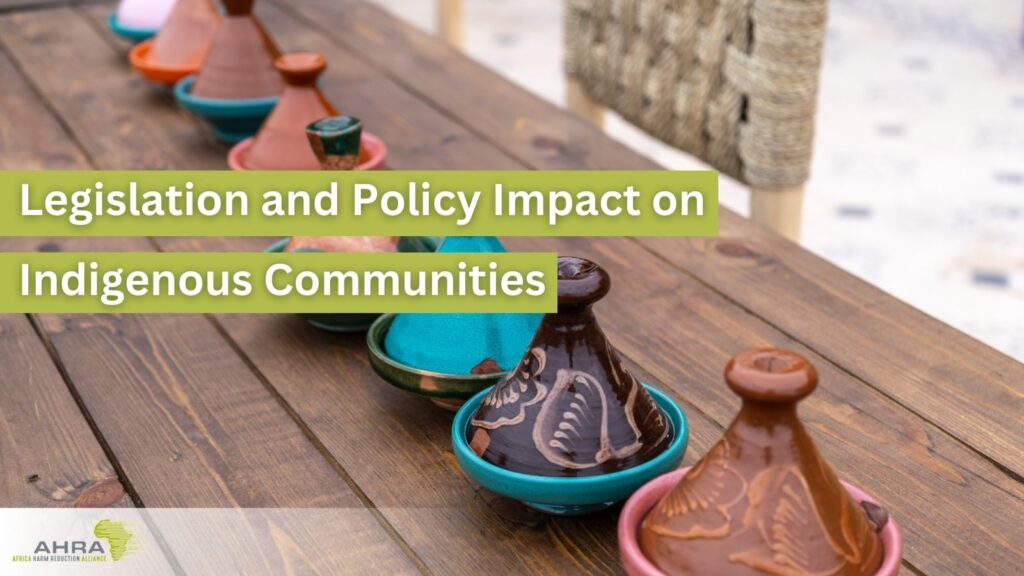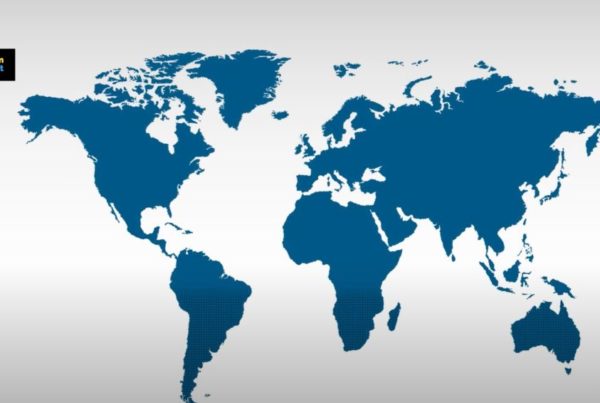This year, World Cancer Day raised awareness about the barriers that exist for people around the world in accessing care through the “Close the Care Gap” campaign.
The World Health Organization (WHO) stated that data estimates show a considerable increase in cancer mortality to nearly one million deaths per year by 2030 if there are no “urgent and bold interventions”.
The World Health Organization Regional Director for Africa, Matshidiso Moeti, disclosed this in her message to commemorate the 2023 World Cancer Day, noting that approximately 1.1 million new cancer cases occur annually in Sub-Saharan Africa, with about 700,000 deaths.
Indigenous people have higher rates of certain types of cancer and are more likely to die from the disease compared to non-Indigenous populations. They are more likely to smoke and use tobacco products, which increases their risk of lung and other cancers.
Among Indigenous populations, smoking rates have not fallen as they have in the wider communities around them and the associated health harms are unacceptable. Currently, in sub-Saharan Africa, the situation is quite alarming. The Lancet Commission found the cancer incidence rate to be higher in the African region than in other world regions of comparable social and economic development, as measured by the Human Development Index (HDI).
Cigarette smoking is the single largest preventable cause of cancer and stopping smoking is one of the best things we can do to reduce our risk of cancer. Sub-Saharan Africa has seen a 50% increase in tobacco smoking from 1980 to 2016. It is clear that Africa is not suitable for a ‘one-stop-shop approach’ to tobacco cessation given the complexities of the cultural, economic, tobacco prevalence, and available resources.
Since the capacity to undertake effective smoking cessation on the continent is limited by the poor availability of basic services, perhaps it is time to look at pragmatic methods. Since it has been established that nicotine does not cause cancer, and people have used nicotine replacement therapy safely for many years, safer nicotine products ought to be made available to smokers struggling to quit.
A significant health disparity exists, whereby Indigenous populations, a minority, are over-represented in the burden of smoking-related death and disease. Expanding and developing evidence-based policies and programs that combine mainstream and Indigenous approaches to mitigate these harms is crucial to saving lives.
When tobacco harm reduction is properly integrated into the response to the health crisis in Africa caused by smoking, deaths and disease will reduce-and faster than tobacco control measures will ever achieve alone.
This approach can reduce the number of active smokers in Africa as well as the burden of smoking-related cancers on the healthcare systems that can least afford it.











